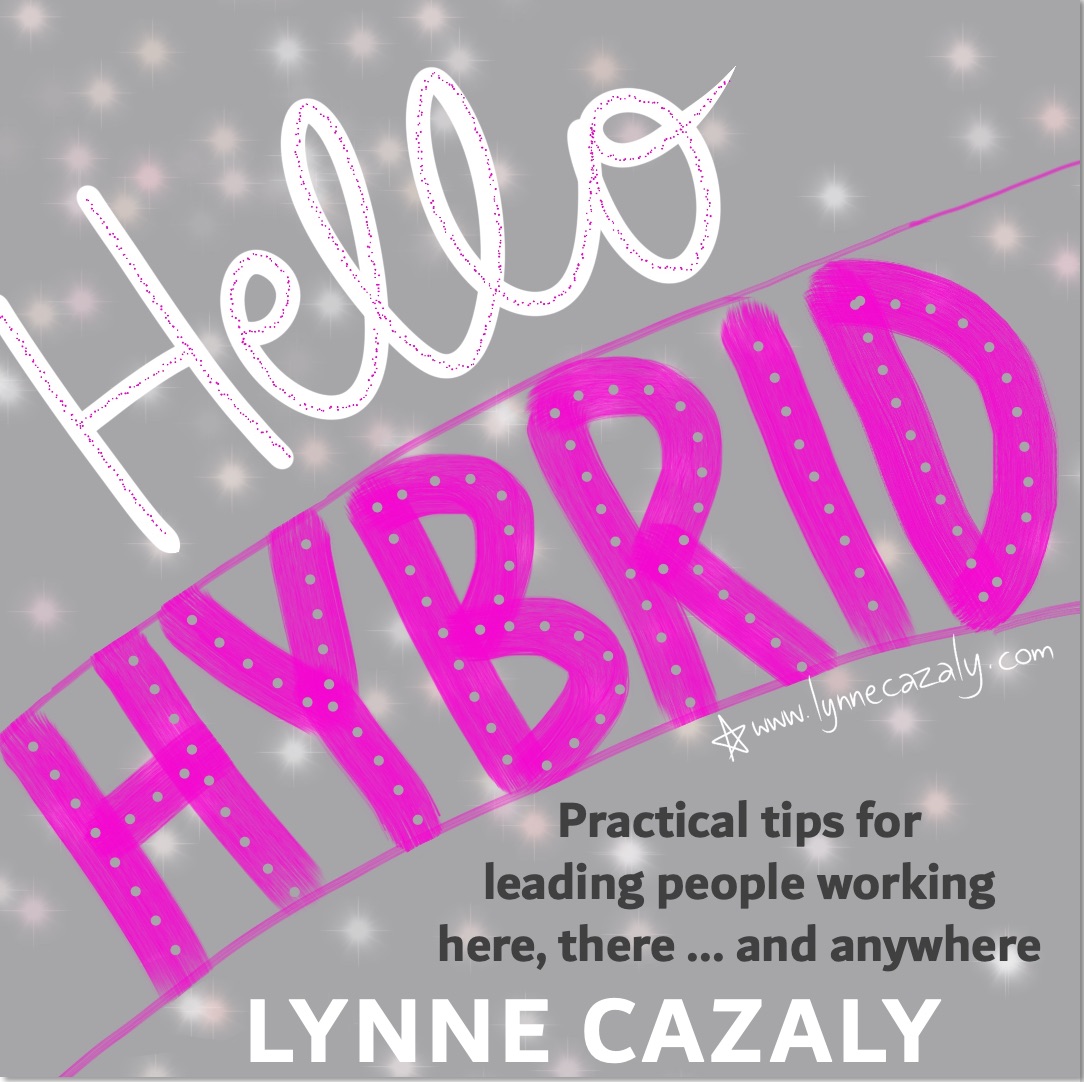Hello Hybrid - ebook
 Thursday, September 23, 2021 at 11:44AM
Thursday, September 23, 2021 at 11:44AM  As many workplaces experience more hybrid ways of working - some people are here, some there, some on site, some working from home - the challenges of engaging and leading in this environment can be tricky.
As many workplaces experience more hybrid ways of working - some people are here, some there, some on site, some working from home - the challenges of engaging and leading in this environment can be tricky.
We don’t want the worst of online and face-to-face combining to create an awkward, disengaging and excluding hybrid world.
No, let’s bring the best of both face-to-face and online together to create this new world of hybrid.
Sadly, it’s easy for us - thanks to our biases - to forget or exclude people. And even more so in a hybrid world.
Our Proximity Bias draws us to those who are nearer and more visible.
And the complexities of building psychological safety are many.
It’s a bit of a juggle to lead multiple people in multiple places. And it’s not static: it changes day by day, week by week!
How do you better lead a team to collaborate, plan, meet and work well together?
‘HELLO HYBRID’ is a 40-page ebook - based on my keynote presentation and workshop of the same name - and includes 12 practical techniques to consider and apply.
Get it here

















